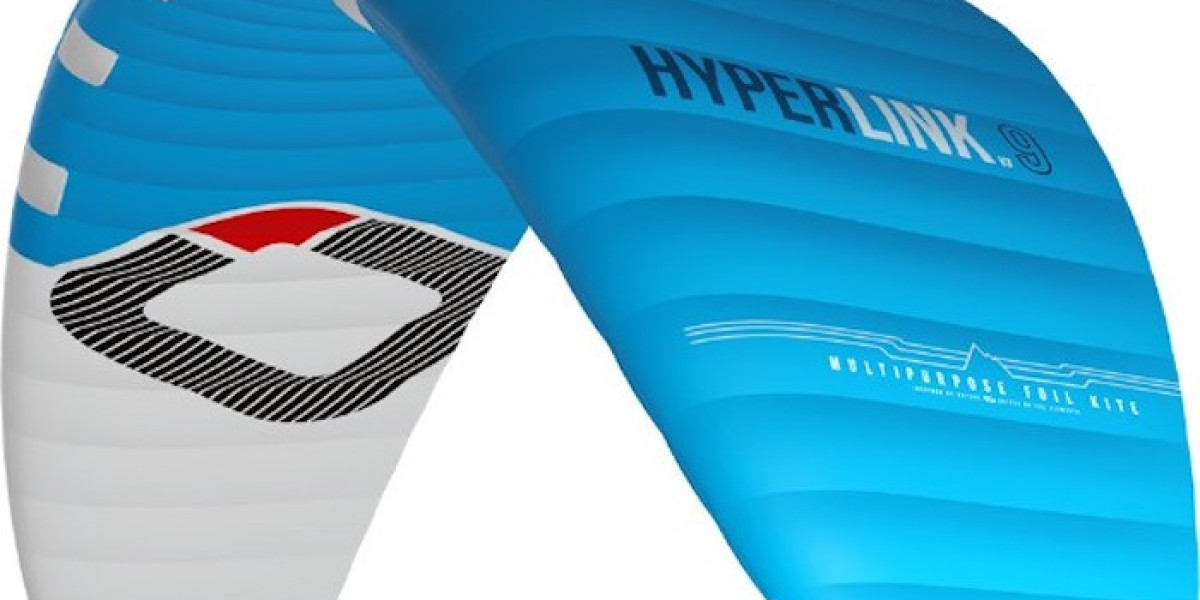Snow kiting, also known as snow kiteboarding, is an exhilarating winter sport that combines elements of kite flying and snowboarding, offering enthusiasts a unique way to ride the snowy slopes. Whether you're an adrenaline junkie seeking new adventures or someone looking to break away from the ordinary, snow kiting promises an unforgettable experience amidst the pristine winter landscapes. In this comprehensive guide, we delve into the world of snow kiting, its techniques, equipment, safety measures, and everything else you need to know to get started on your snowy escapade.
What is Snow Kiting?
Snow kiting is a winter sport that involves using a kite to harness the power of the wind to propel oneself across snow-covered terrain on skis or a snowboard. Similar to traditional kiteboarding on water, snow kiting relies on the principles of aerodynamics and wind dynamics to control the kite and glide across the snow. It offers a thrilling combination of speed, agility, and freedom, making it an ideal activity for adventure seekers and outdoor enthusiasts.
Getting Started with Snow Kiting
Before embarking on your snow kiting journey, it's essential to familiarize yourself with the basic techniques and equipment required for the sport. Here's a step-by-step guide to help you get started:
Training: While snow kiting shares similarities with kiteboarding, it requires specific skills and techniques tailored to snow conditions. Consider taking lessons from certified instructors to learn the fundamentals of kite control, safety procedures, and riding techniques.
Equipment: The key equipment for snow kiting includes a kite, control bar, harness, snowboard or skis, helmet, and appropriate clothing. Brands like Kite-line offer a wide range of high-quality snow kiting gear designed for performance and durability.
Safety First: Prioritize safety by checking weather forecasts, assessing wind conditions, and following safety guidelines provided by experienced snow kiters. Always wear appropriate safety gear, including a helmet and impact vest, and avoid kiting alone in remote areas.
Benefits of Snow Kiting
Snow kiting offers a myriad of benefits for both physical and mental well-being:
Physical Fitness: Snow kiting provides a full-body workout, engaging muscles in the legs, core, and upper body as you maneuver the kite and navigate the terrain. It improves cardiovascular health, strength, and endurance while burning calories and boosting metabolism.
Mindfulness: Riding across vast snow-covered landscapes amidst the tranquility of winter can be a meditative experience, allowing you to disconnect from the hustle and bustle of everyday life and connect with nature.
Adrenaline Rush: The thrill of harnessing the power of the wind to glide effortlessly across snow-covered terrain evokes a sense of exhilaration and freedom, making snow kiting an addictive and adrenaline-pumping activity.
Community and Camaraderie: Snow kiting enthusiasts often form tight-knit communities, sharing tips, experiences, and camaraderie both on and off the slopes. It offers an opportunity to connect with like-minded individuals and forge lasting friendships.
FAQs About Snow Kiting
Is snow kiting safe?
While snow kiting can be relatively safe when practiced responsibly, it's essential to prioritize safety at all times. Always check weather conditions, assess wind strength, and wear appropriate safety gear. Beginners should undergo proper training and supervision to minimize risks.
Do I need prior experience to try snow kiting?
While previous experience in kiteboarding or snow sports can be beneficial, it's not mandatory to try snow kiting. Beginners can learn the basics through lessons and practice gradually under the guidance of experienced instructors.
What type of kite is suitable for snow kiting?
Snow kiting kites typically fall into two categories: foil kites and inflatable kites. Foil kites are lightweight and easy to pack, making them ideal for backcountry and mountainous terrain. Inflatable kites offer greater stability and performance in a wider range of conditions.
How do I control the kite while snow kiting?
Controlling the kite involves using a control bar connected to the kite's lines. By manipulating the control bar, you can steer the kite left or right, increase or decrease power, and perform maneuvers such as jumps and turns.
In conclusion, snow kiteboarding offers a thrilling blend of adventure, athleticism, and natural beauty, making it a must-try activity for winter sports enthusiasts. With the right equipment, training, and safety precautions, you can embark on an unforgettable snow kiting journey and experience the joy of gliding across snow-covered landscapes powered by the wind. So, grab your gear, harness the wind, and let the snowy adventures begin!








